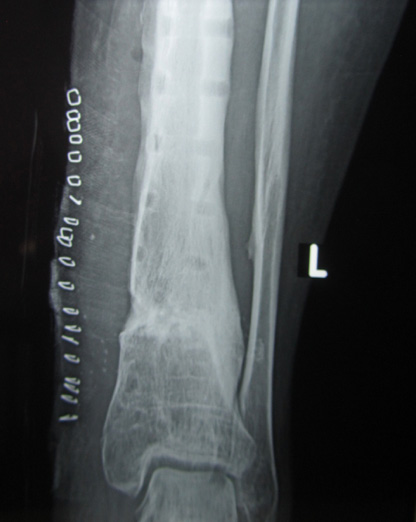Applications
CaP Biomaterials produces a variety of calcium phosphate bioceramics for numerous implant applications under the highest standards of quality assurance. Applications that our customers utilize our materials for are bone void fillers, as a filler in resorbable polymers devices, as HA coating powder, as bone cements, as slow degrading filler in soft tissue augmentation products and more.

Synthetic Bone Applications
Calcium phosphate bioceramics such as HA or TCP or biphasic HA/TCP are very similar in composition to the main mineral portion of bone. These ceramics have demonstrated excellent biocompatibility. In porous forms, the structure mimics the structure of bone. Interconnected pores of sufficient size have been shown to provide a highly biocompatible matrix for osteoconduction. The use of these synthetic graft materials avoids some of the concerns with allografts (human bone source) and xenograft’s (animal bone sourced) or the need for a second surgical site to obtain an autograft (patient’s own bone).
Trauma
Trauma can result in extensive destruction to bone and the potential loss of bone material. Reconstruction may require instrumentation to stabilize the damaged site and some form of scaffold material to facilitate bone healing across large gaps. Allograft bone chips from bone fragments caused by the trauma are the best scaffold source but if they are not sufficient an additional scaffold material may be needed. Synthetic calcium phosphates can serve as supplementary scaffold/graft materials.
Spine
Spinal fusion is the largest user of bone grafting materials. The goal is to generate bone where no bone naturally exists in order to bring about fusion across two or more vertebra. Traditionally iliac crest bone chips have been the main source of a scaffold material to facilitate the necessary bone growth. Such bone chips work very well for fusion but co-morbidity at the iliac crest harvest site can result in the patient experiencing as much pain from the harvest site as from their original spinal complaint. Therefore alternative graft materials are often used in spinal fusion including allograft bone and synthetic calcium phosphates. The calcium phosphates are usually incorporated into devices especially designed for fusion procedures. These devices, containing calcium phosphates, can be in the form of puttys, collagen strips or other custom devices. As such they are very convenient to use and simplify the surgeon’s task.
Dental Bone Calcium Phosphates
Dental bone calcium phosphates are used as a bone grafting materials to fill, augment, or reconstruct periodontal or oral/maxillofacial defects. These defects may be surgically created osseous defects or osseous defects created from traumatic injury to the bone. Typical applications are periodontal/infrabony defects, ridge augmentation, extraction sites (implant preparation/placement), sinus lifts, and cystic cavities. As in orthopedic applications, specifically sized porous calcium phosphate granules provide a scaffold for bone incorporation that is critical for support of teeth by the mandible and maxilla (jaw bones).
Soft Tissue Implants
Dense HA has been shown to be effective for soft tissue augmentation applications. The high density and chemical purity minimize the rate of resorption of the augmentation and result in a more durable construct.
Applications include sphincter muscle augmentation for such diverse problems as urinary incontinence, vocal fold augmentation to help stroke victims regain speaking ability and for cosmetic corrections.
Custom CaP Applications
We can provide assistance with your custom applications. CaP Biomaterials has a deep understanding of calcium phosphates and can manufacture custom calcium phosphates to meet your product specifications. We have worked with R&D teams of many small and large companies, priding ourselves of our responsiveness, intrinsic motivation to help you turn your development process into a success and assuring that we have the optimal process that fits your needs in volume, cost and specifications.
